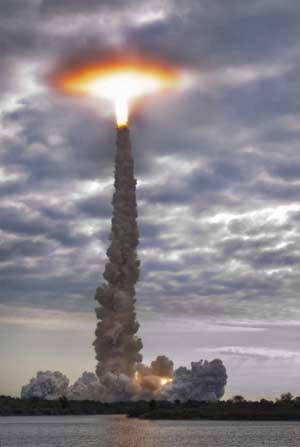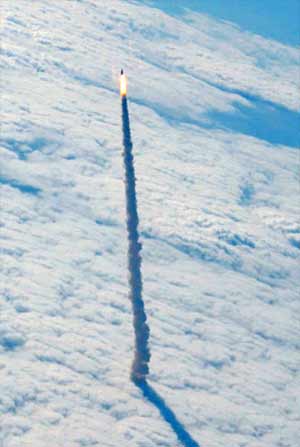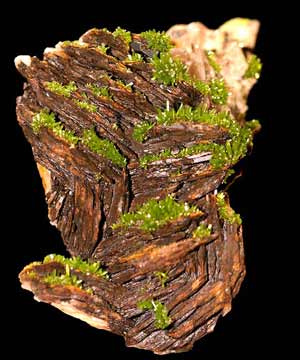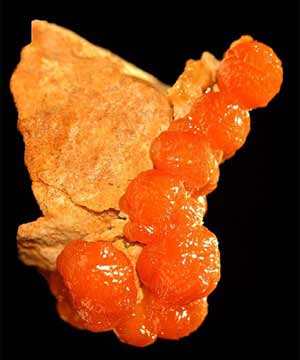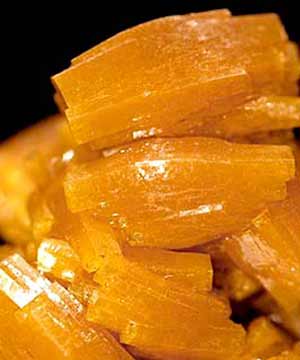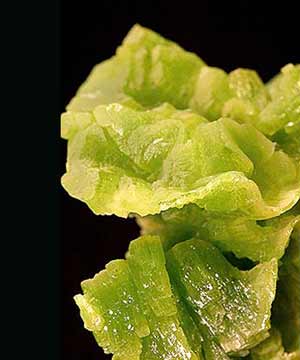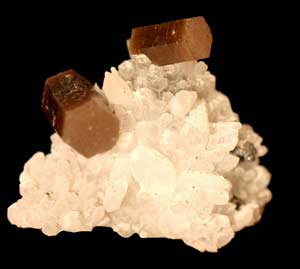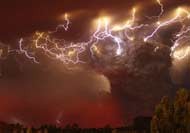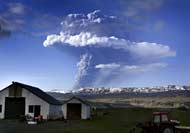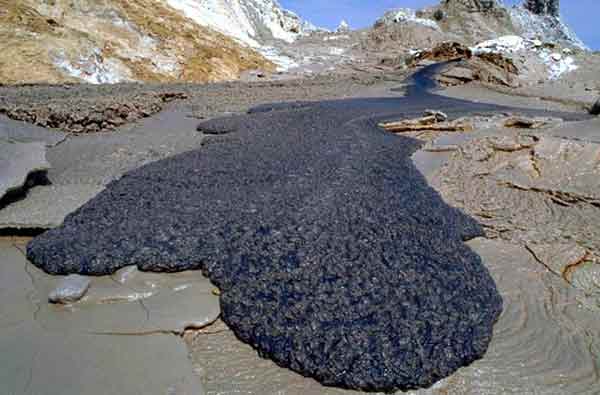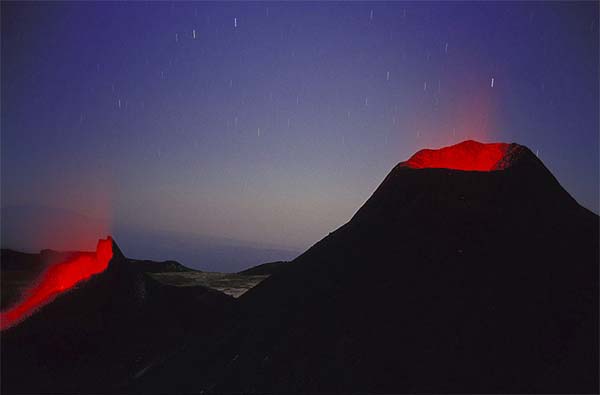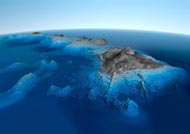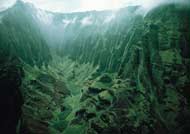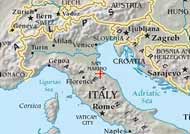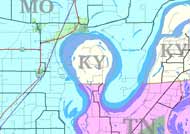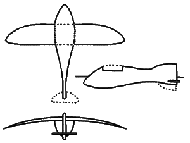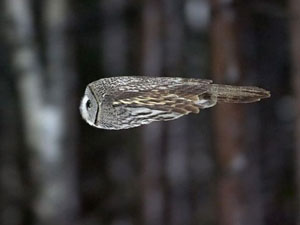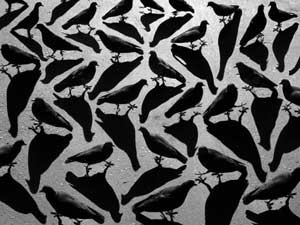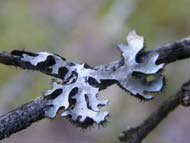Final Launch of the Endeavour May 2011
The first photo was taken from the ground, the middle photo from a NASA shuttle training craft, and the third photo by an unemployed young woman on a nearly-empty passenger plane — who appears to have secured a job when her photo (and consequently her plight) went viral.
This very brief YouTube video doesn’t have anything to do with the shuttle — it’s a clip of a comet impacting the sun. The reason I’ve watched it about 22 times is because of the apparent speed of reaction of the sun — ripples seem to spread and exit the other side of the sun almost instantly. Scientists, however, can find no convincing physical connection and feel the almost simultaneous coronal mass ejection may have just been a coincidence. It may have happened just BEFORE the comet strikes, rather than just after. Since the point of impact of the comet is obscured, it’s impossible to conclude anything definitively.
 Animals
Animals Animation
Animation Art of Playing Cards
Art of Playing Cards Drugs
Drugs Education
Education Environment
Environment Flying
Flying History
History Humour
Humour Immigration
Immigration Info/Tech
Info/Tech Intellectual/Entertaining
Intellectual/Entertaining Lifestyles
Lifestyles Men
Men Money/Politics/Law
Money/Politics/Law New Jersey
New Jersey Odds and Oddities
Odds and Oddities Older & Under
Older & Under Photography
Photography Prisons
Prisons Relationships
Relationships Science
Science Social/Cultural
Social/Cultural Terrorism
Terrorism Wellington
Wellington Working
Working Zero Return Investment
Zero Return Investment


